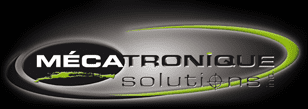Higher resolution allows your system to capture detailed images , especially important for detecting small defects. Pixel size also impacts light sensitivity and the ability to distinguish neighboring pixels in high contrast environments. Additionally, using the right camera shutter type can help capture high quality images, particularly in dynamic scenarios.
A high fps (frames per second) rate is essential for high speed production lines. Cameras with faster frame rates reduce lag and ensure sharp images, even when objects are moving quickly.
The sensor size determines the amount of light captured and impacts depth of field. The choice of lenses also plays a crucial role in capturing images accurately, affecting factors such as field of view, depth of field, and zoom capabilities. The physical size of the camera matters when installing in tight spaces .
- Global shutter camerasare preferred for fast-moving objects, as they capture the entire frame simultaneously, minimizing motion blur.
- Rolling shutteroptions may suffice for static objects or slower operations.










